Caen bears traces of its past in every stone. The castle built by William the Conqueror in the 11th century still overlooks the city, while the Abbey of Men and the Abbey of Women testify to the power of the Norman dukes. Saint-Pierre Church rises with its 73-meter Gothic tower, and in the streets of Vaugueux, half-timbered houses recall medieval life. The Caen Memorial tells about World War II and the Normandy Battle, periods that deeply affected the city. Between history and nature, Caen also offers places of rest. The Botanical Garden, created in 1848, houses thousands of plant species within its greenhouses and arboretum. The Park of the Hill of Birds, developed over 17 hectares, features themed gardens and viewpoints over the city. From the Fine Arts Museum located within the castle to the Leroy Tower on the Orne quays, each site invites to discover different periods. Visiting Caen means exploring ten centuries of architecture and events that have shaped Normandy.

Caen, France
The Castle of Caen, built by William the Conqueror in the 11th century, overlooks the city from its hill and is one of the largest fortified complexes in Europe. This Norman fortress consists of massive ramparts, a keep, and a chapel that testify to ducal power and medieval military architecture.
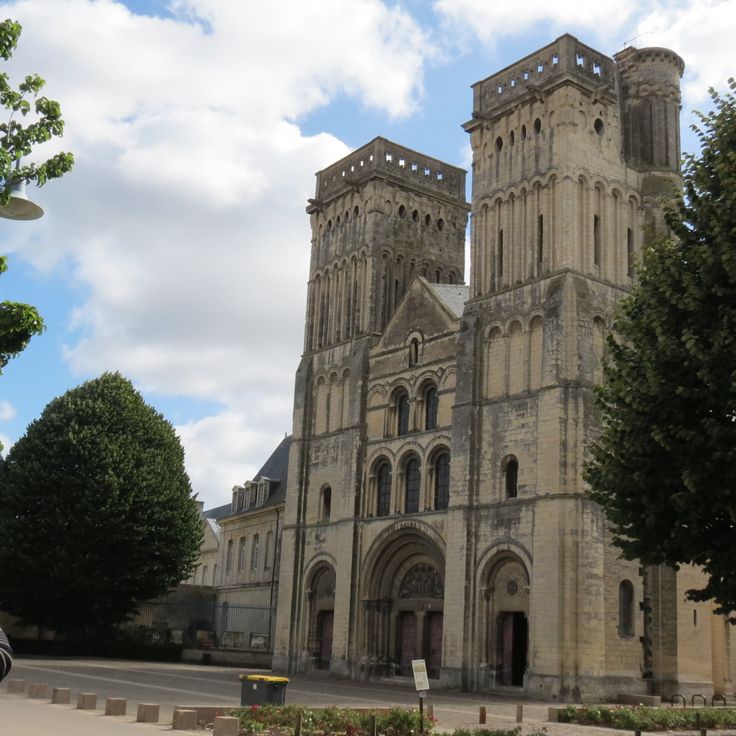
Caen, France
This abbey was founded in the 11th century by Queen Matilda, wife of William the Conqueror, and displays Norman Romanesque architecture. The church follows a three-nave basilica plan, while the west facade features two towers flanking the entrance. The building now serves as the seat of the Regional Council of Normandy.
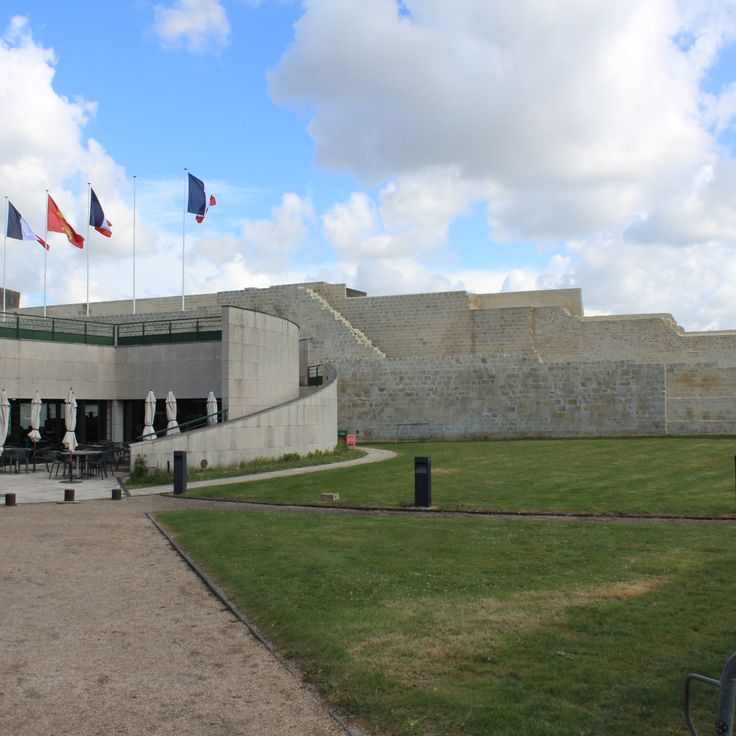
Caen, France
This museum is located within the castle walls and presents European art from the Middle Ages to contemporary times. The collection includes paintings, sculptures and prints from different periods housed in the historic fortress spaces.
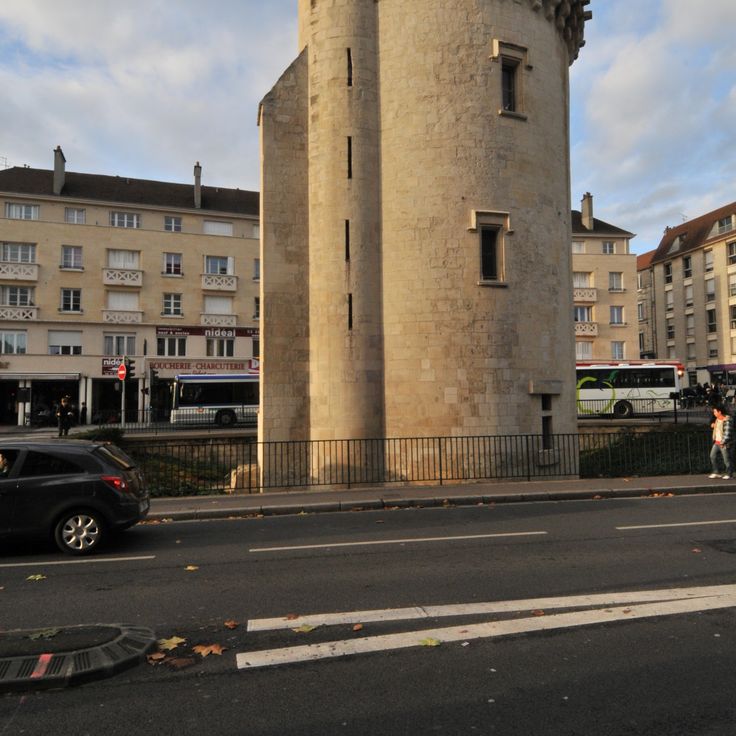
Caen, France
On the banks of the Orne, this 15th-century tower once protected the port and served as a control post. Its sturdy appearance retains the memory of merchants and customs officers.
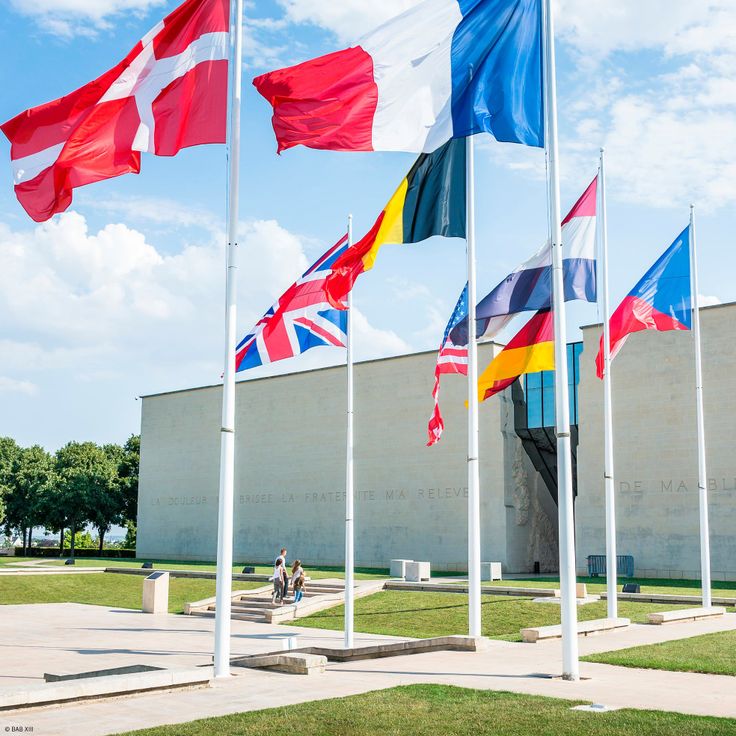
Caen, France
The Caen Memorial is a museum dedicated to the history of World War II, peace, and human rights. This institution documents the events of the 20th century and their consequences. A dedicated section examines the Allied landing and the Battle of Normandy in 1944.
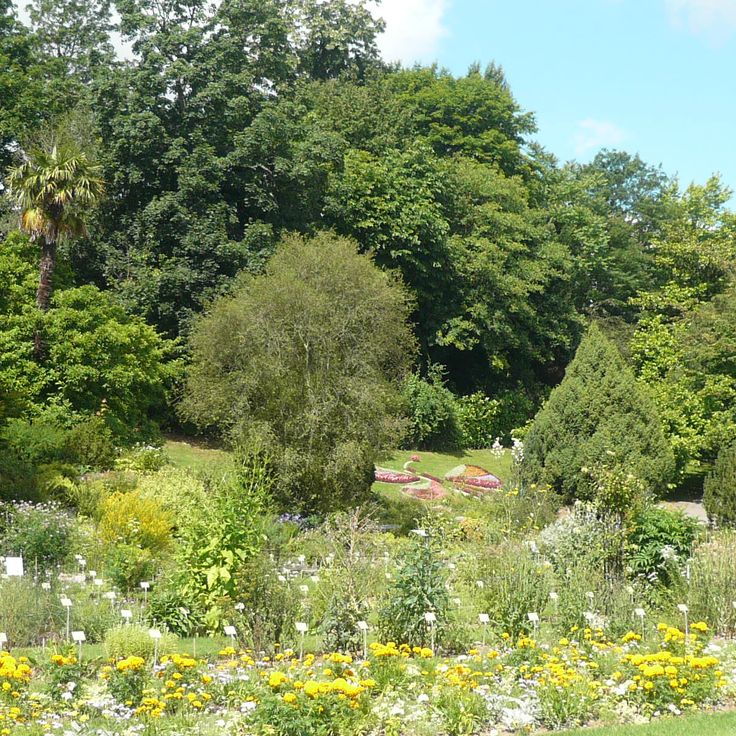
Caen, France
Created in 1848, this botanical garden gathers thousands of species, from tropical greenhouses to the arboretum. A haven of tranquility close to the city center.
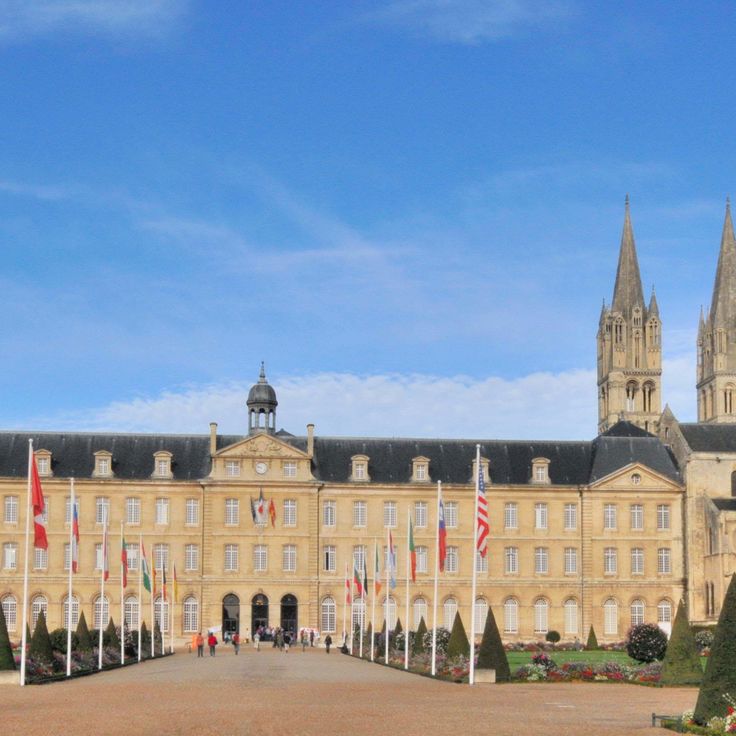
Caen, France
The Abbey of Saint-Étienne was founded in 1063 by William the Conqueror and now serves as Caen's town hall. The Romanesque nave, tall and filled with light, houses the tomb of the Duke of Normandy who became King of England in 1066.
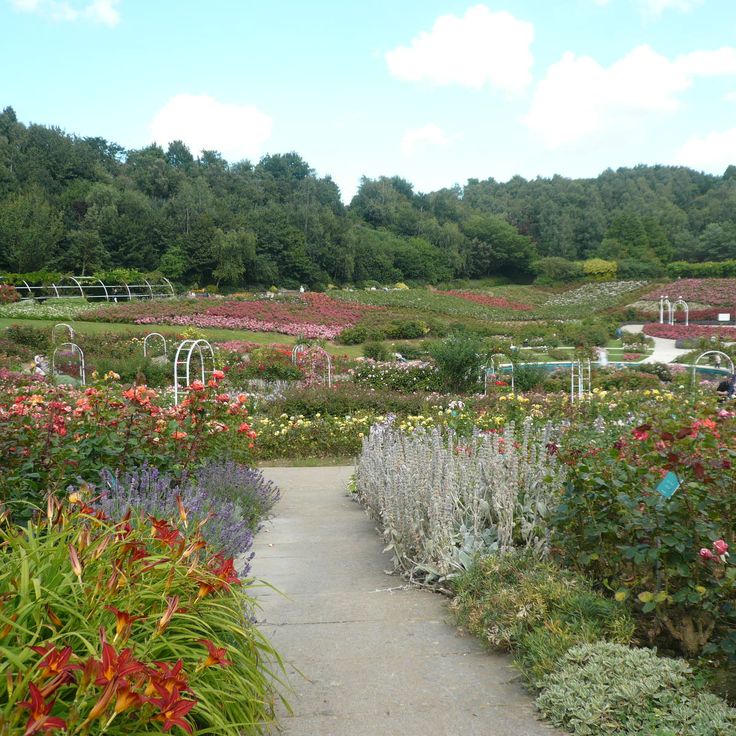
Caen, France
The Parc de la Colline aux Oiseaux covers 17 hectares and was developed on the site of a former municipal landfill. This park features several themed gardens, a rose garden with numerous varieties, a plant maze, and elevated viewpoints that offer views across the rooftops of Caen.
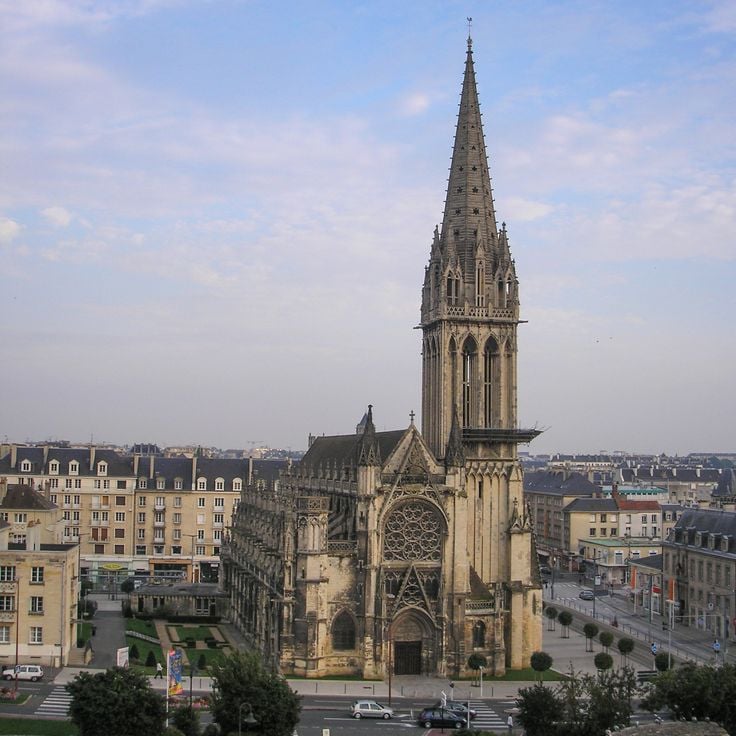
Caen, France
Saint Peter's Church was built in the 13th century and features late Gothic architecture. The bell tower reaches a height of 73 meters and dominates the old town of Caen. The facade presents numerous sculptures with religious representations from different periods.
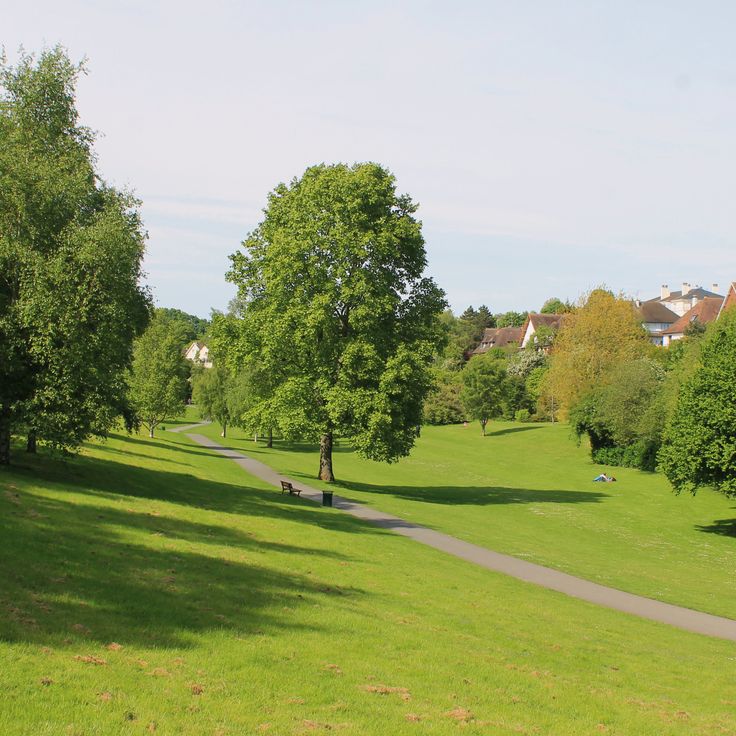
Caen, France
The Vallée des Jardins covers 11 hectares and offers visitors an arboretum with various tree species, several walking paths through the grounds, natural meadow areas, and designated rest zones. This public park serves as a recreation area for walkers and nature enthusiasts in Caen.
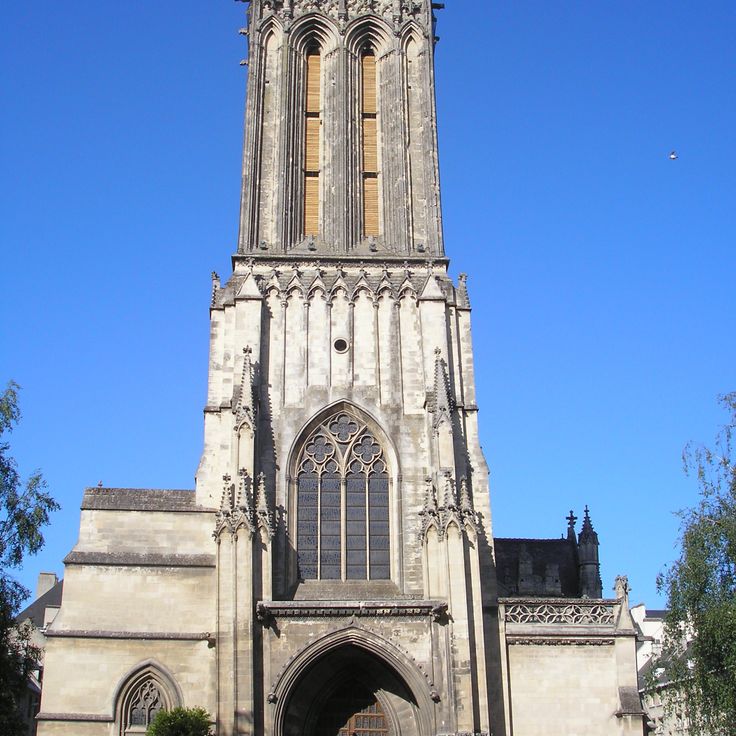
Caen, France
Saint John's Church dates from the 14th century and features a central nave with stone vaults. Its medieval stained glass windows depict biblical scenes and bear witness to the religious art of that era.
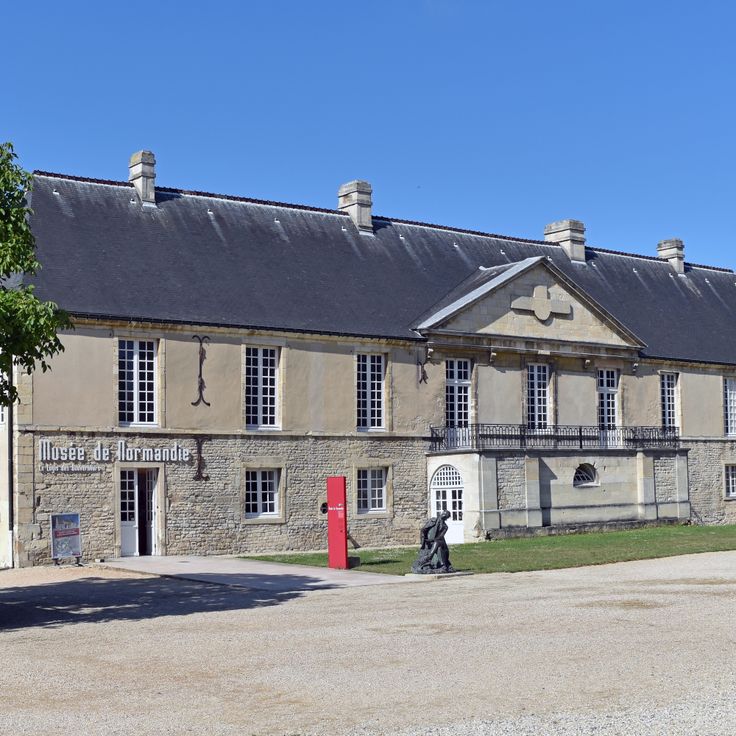
Caen, France
The Normandy Museum is housed within the Ducal Castle of Caen and presents archaeological and ethnographic collections documenting regional history. The exhibitions cover the development of Normandy from prehistoric times through the Middle Ages to the modern era, displaying everyday objects, tools and artworks from different periods.
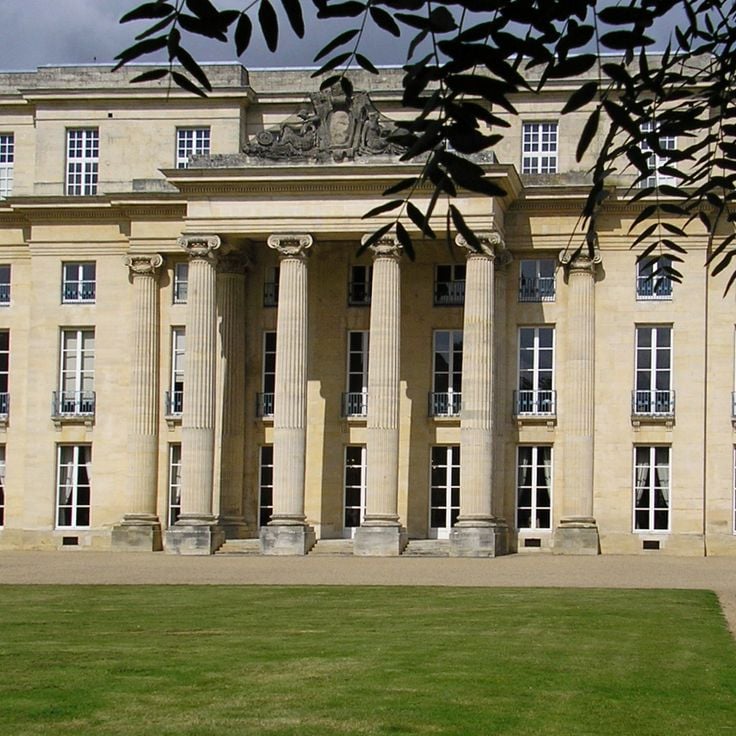
Bénouville, France
The Bénouville Castle was built in the 18th century by architect Claude Nicolas Ledoux and is located in the commune of Bénouville in Normandy. This castle embodies neoclassical architecture and originally served as a residence for an aristocratic family. The building displays the typical features of Ledoux's architectural style with clean lines and geometric forms.
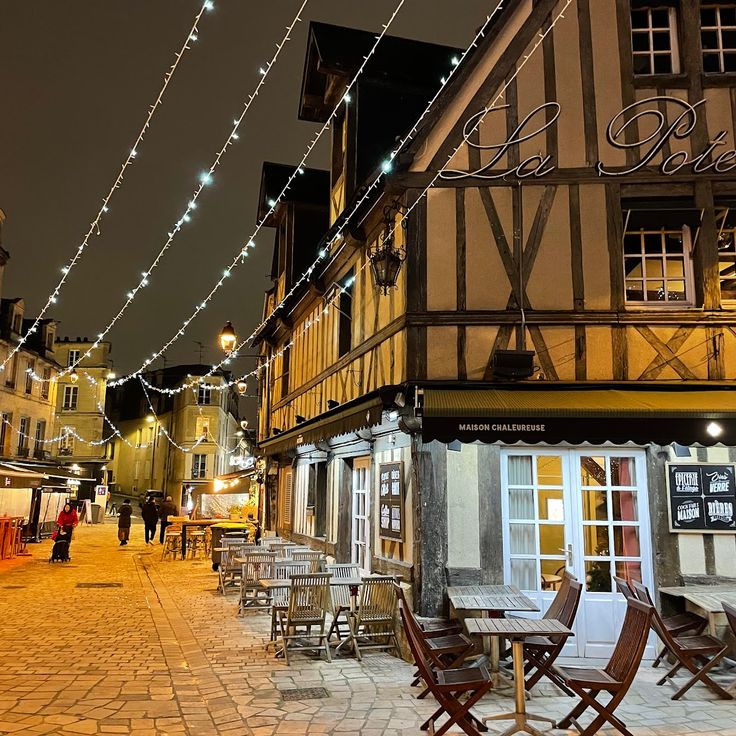
Caen, France
The Vaugueux District forms one of the oldest parts of Caen and retains its medieval character to this day. The narrow cobbled streets wind past half-timbered houses from the 15th century that survived the bombing raids of World War II. This historical district now hosts numerous restaurants, cafés, and small shops that have established themselves in the traditional buildings.
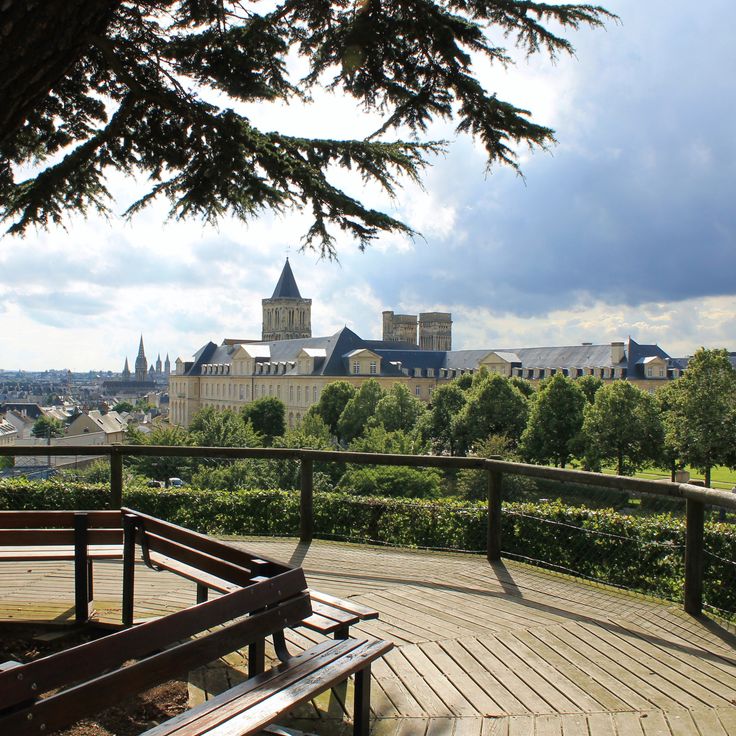
Caen, France
Michel d'Ornano Park is a green space designed in the French classical style, featuring geometrically arranged flowerbeds and a rose garden. The grounds display avenues of lime trees that are several centuries old, planted in symmetrical rows. The layout follows the principles of French garden design with clear axes and organized plantings.
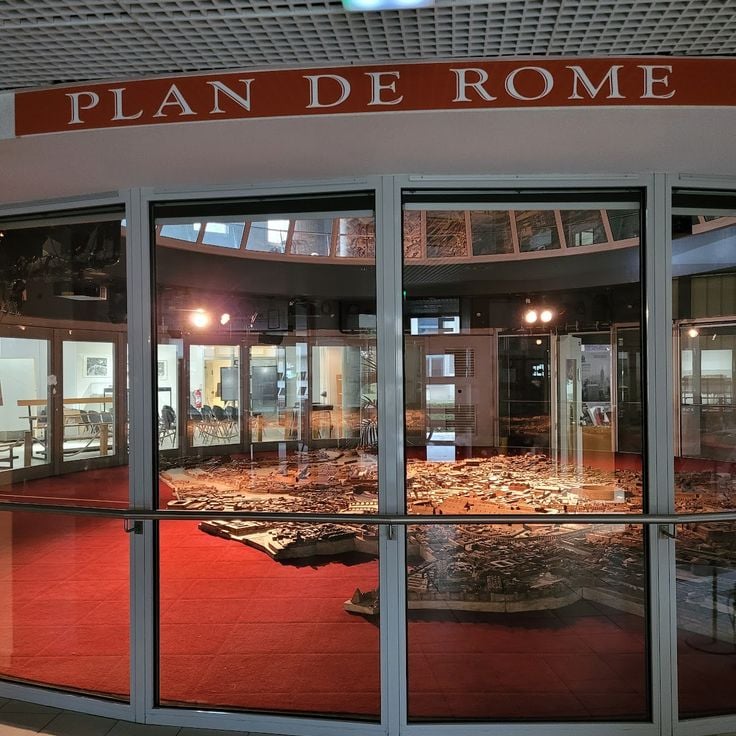
Caen, France
The Plan de Rome is an architectural model representing the Roman capital in the 4th century. Architect Paul Bigot created this reconstruction in plaster over an area of 70 square meters. The model shows the urban structure and major buildings of Rome during the time of Constantine the Great.
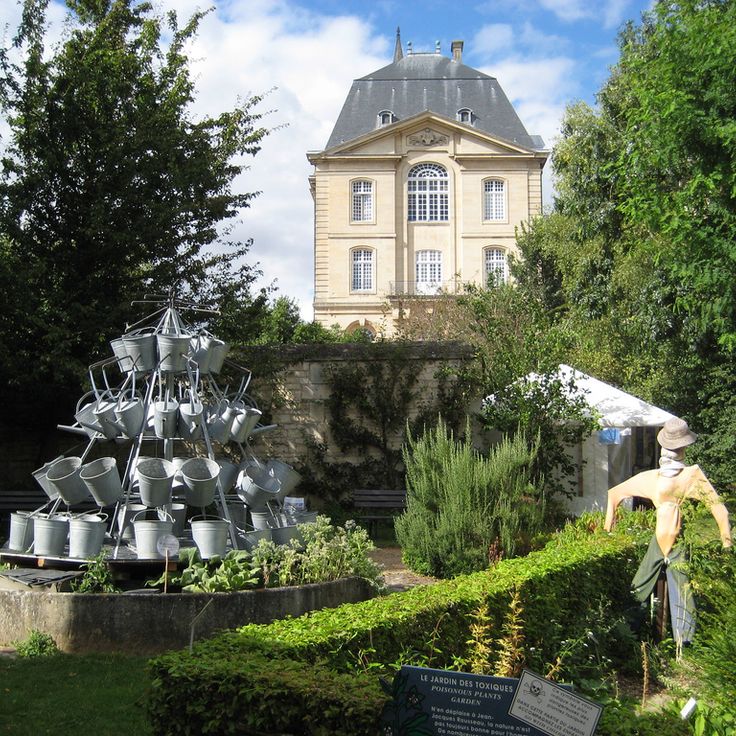
Caen, France
The Nature Initiation Museum presents a collection of preserved animals, insects, and minerals from the region. Visitors discover the flora and fauna of Normandy through exhibitions that explain the local ecosystem and its natural characteristics.
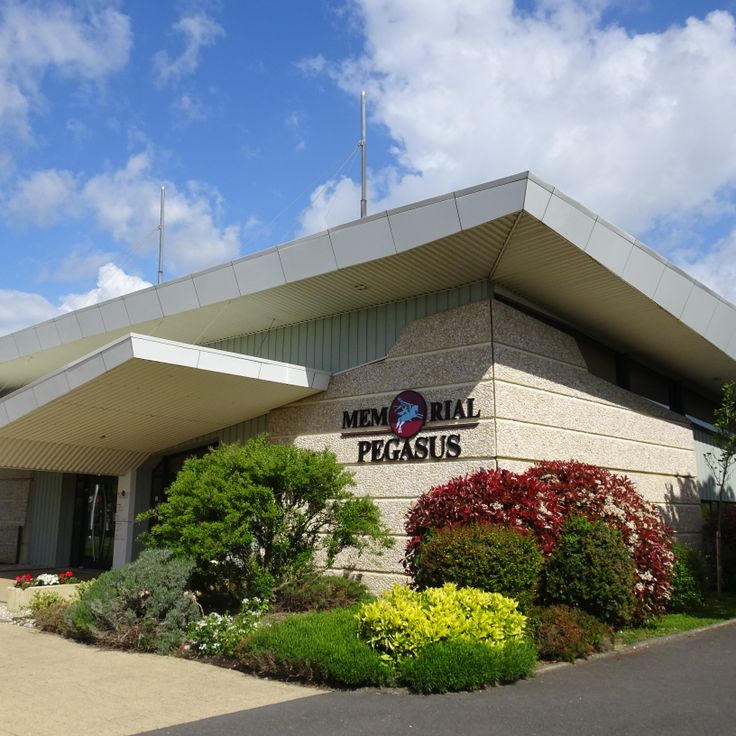
Caen, France
The museum displays military objects, documents, and photographs related to the Pegasus Bridge. It commemorates the actions of British forces on June 6, 1944.
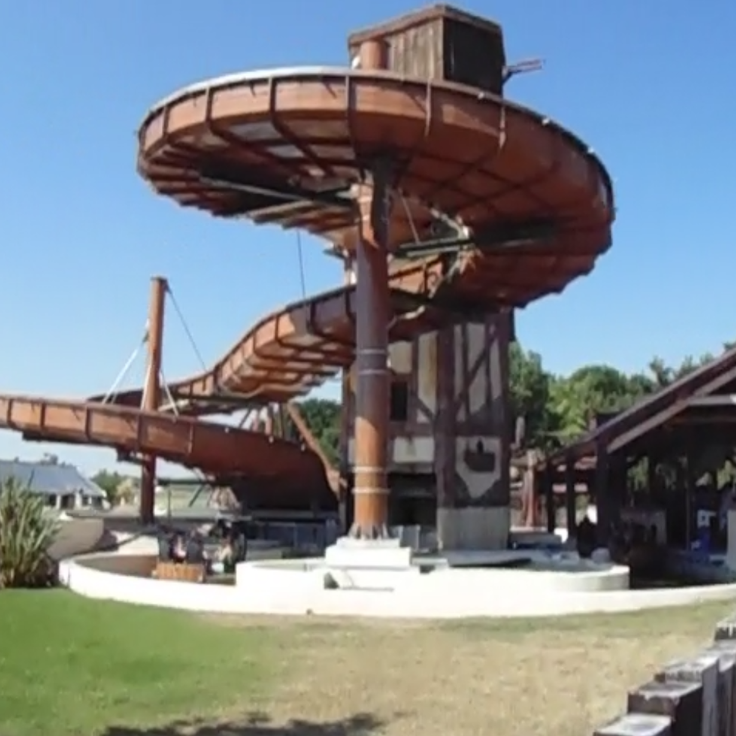
Caen, France
The largest amusement park in Normandy offering roller coasters, carousels, and shows. Attractions are inspired by Norman history and Vikings.
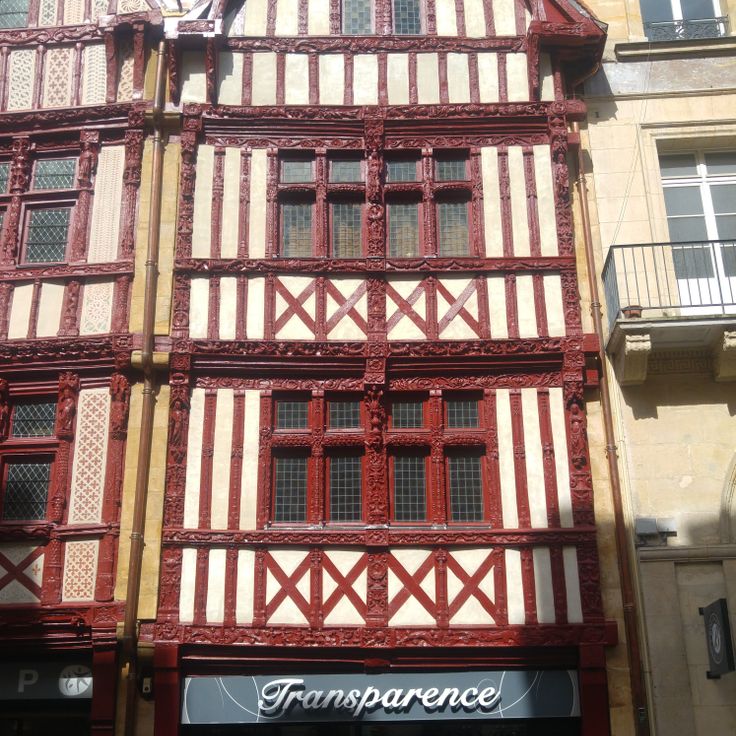
Caen, France
These 15th and 16th-century dwellings showcase traditional Norman architecture with their exposed wooden facades and overhanging upper floors.

Caen, France
Place Saint-Sauveur forms a central square in the heart of Caen. The square features historic half-timbered houses dating from the medieval and Renaissance periods. A statue of Louis XIV stands in the centre of the square. The surrounding buildings house numerous restaurants, cafés and shops, making the square a busy meeting place for residents and visitors.
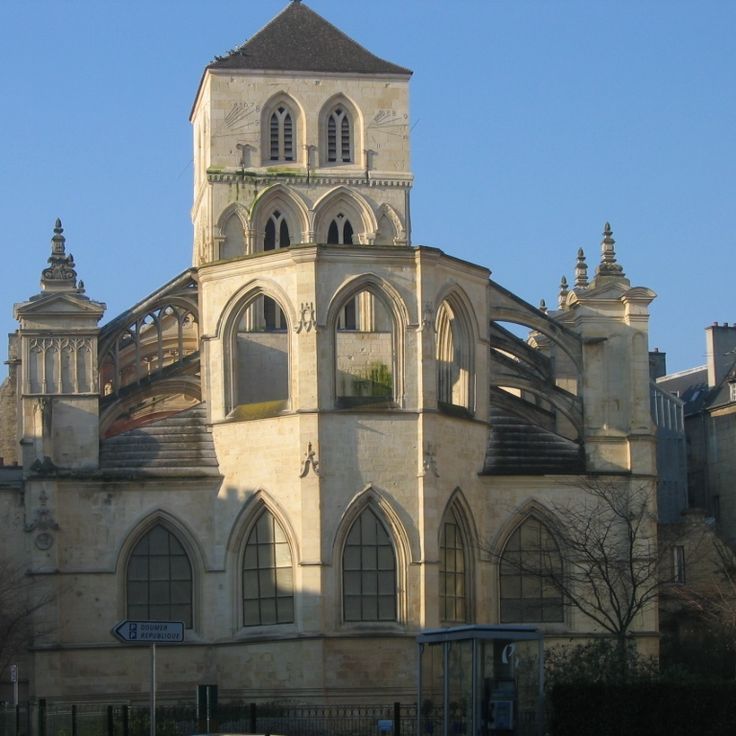
Caen, France
The Old Saint-Sauveur Church was built in the 14th century and converted into a municipal exhibition hall following the French Revolution. The building displays architectural elements from both the Romanesque and Gothic periods. This former place of worship now serves as a venue for rotating exhibitions organized by the city of Caen.

Caen, France
This market takes place every Friday morning outdoors and offers fruits, vegetables, cheeses, and other regional products from local producers in Normandy.
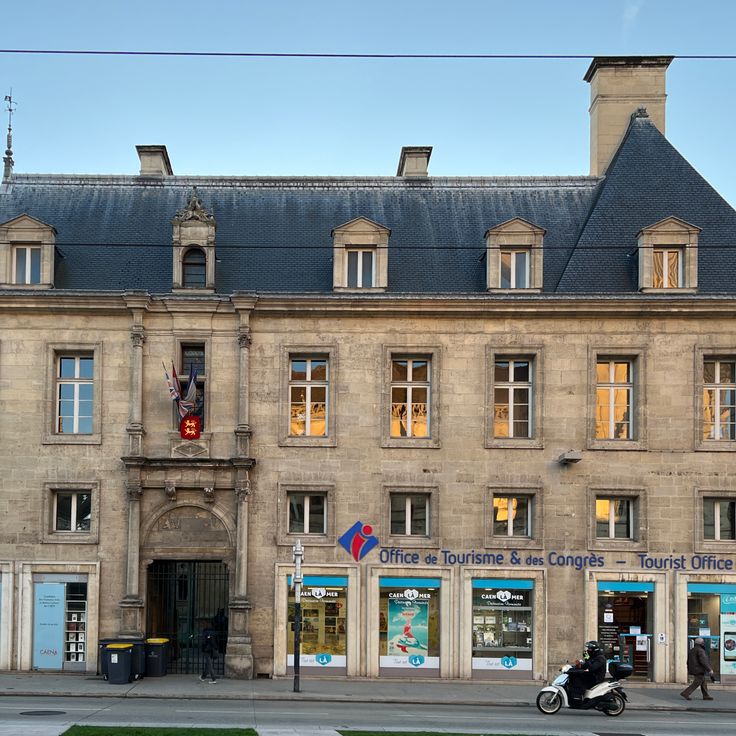
Caen, France
The Escoville Mansion is a stone building constructed in the 16th century featuring a columned gallery, a richly sculpted portal, and a hexagonal tower.
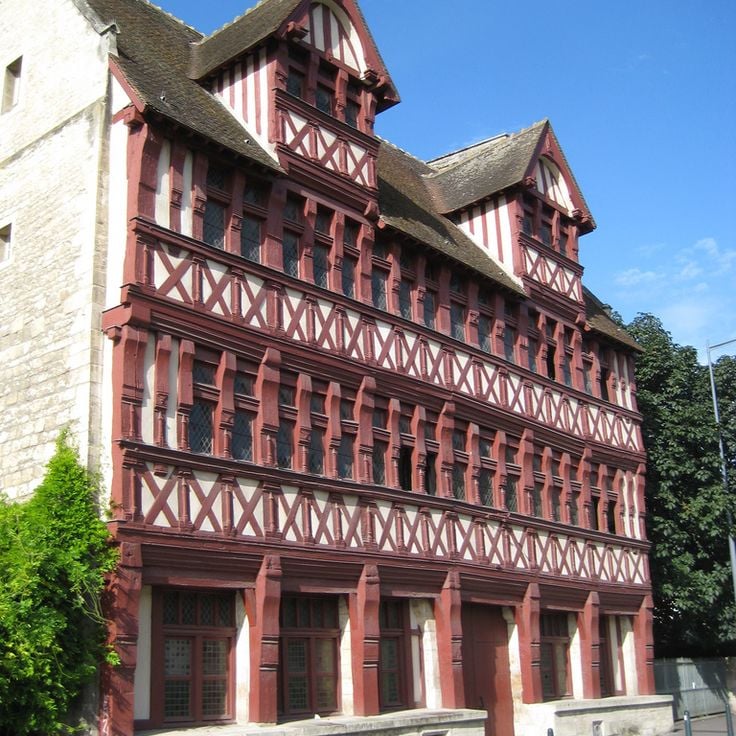
Caen, France
The Quatrans House was built in 1460 and represents typical Norman medieval architecture. The facade displays three stories in timber frame construction with projecting upper floors. The exposed wooden beams and carved decorations document the craftsmanship of the 15th century. The building is located in the historic center of Caen and belongs to the preserved examples of medieval residential architecture in Normandy.
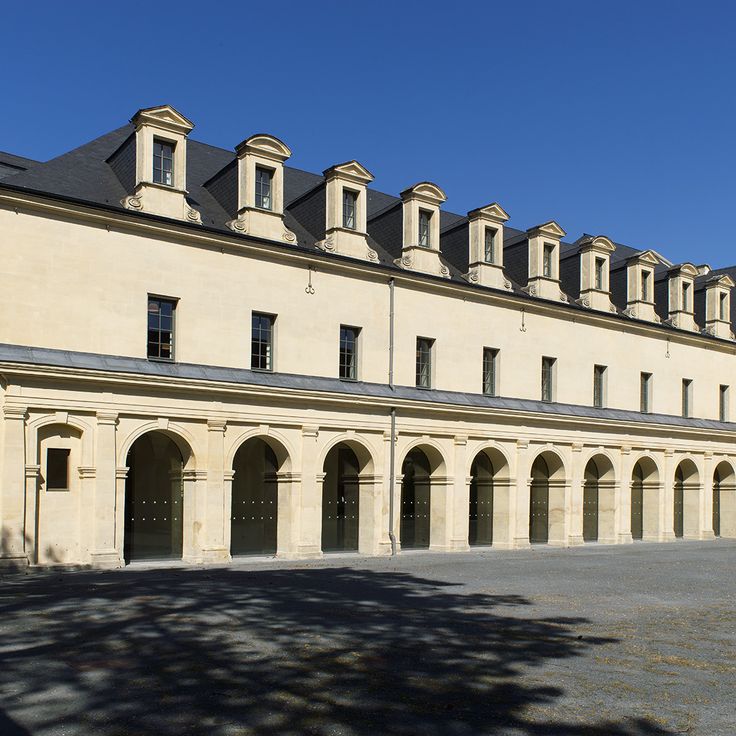
Caen, France
FRAC Normandy is located in a former 17th-century convent and displays an extensive collection of contemporary art. The institution regularly organizes temporary exhibitions featuring works by French and international artists. The historical spaces of the building provide a distinctive setting for the presentation of modern artworks. This regional contemporary art fund is dedicated to promoting current artistic practices in Normandy.

Caen, France
The Artillery Terrace occupies the medieval fortifications of Caen Castle and provides a view of the city and its surroundings. This space, incorporated within the old defensive structures, allows observation of Caen's urban layout and understanding of the strategic role of the castle built by William the Conqueror. The terrace offers a prime vantage point to explore the extent of Normandy's architectural heritage, from abbeys to historic districts, and to comprehend the geographic layout that shaped the city’s development since the 11th century.